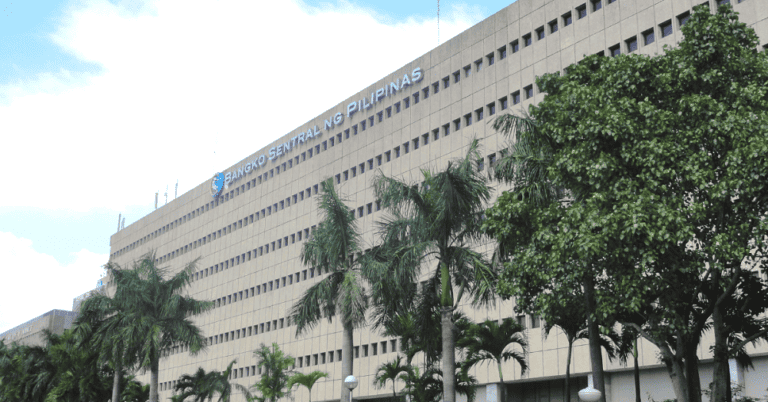4 Types of Cyber Threats to Watch Towards End Q3 2019
At the end of our daily digital transaction and usage, the best defense to protect our device is to acknowledge the danger beforehand and finding ways to avoid them.

October 15, 2019 – The first half of 2018 shows that 10.6 million web infections are detected in the Philippines, putting the country among the top 10 most attacked countries online in the world. According to experts from Kaspersky Lab, the Philippines move to fifth place in the second quarter of 2019.
Filipinos spend a lot of time online whether on a personal laptop or mobile phone. Research conducted by We Are Social recognized the country as the one with the highest number of hours spent on the internet per day with an average internet consumption of 10 hours and 2 mins.
Increasing the time spent online increases the likelihood of experiencing cyber-attacks. Increasing ease of access to connected digital financial transactions stirs up the motivation of cybercriminals for cyberattacks.
Cyber-threats are a hotly debated topic that often divides opinion between personal and organizational damage. According to a Microsoft-shared Intelligence report, the Philippines experiences malware 124% higher than the global average and 63% higher than the Asia Pacific.
Investing in Bitcoin, Ethereum or other cryptocurrencies is enticing criminals to commit cyberattacks because, when done at the right time, it can be a high-yield yet low investment activity. On the other hand, high yield can also attract cybercriminals to look for creative ways to bypass security measures and destabilize the end-users.
Top 4 Cyber-Threats to Watch
- Malware – After analyzing over 6.5 trillion threats, Microsoft said the Philippines experiences 124% more malware than the rest of the world.
- Crypto-jacking – These attacks use one’s gadgets resources to mine the cryptocurrency. An obvious indication of an attach is a fast battery drain on the mobile device. This kind of attack is too common that even those who are not investing in cryptocurrency can be exposed by simply visiting a website or downloading games with hidden cryptocurrency mining scripts.
- Ransomware is also malware but the mode of exchange is money or bitcoin in which cybercriminals are motivated before the files are released to the victims. Evidently, the Philippines remains highly susceptible to these attacks with 36% incidents more than APAC and 80% in global region.
- Drive-by-downloads – are malicious software codes that are unintentionally installed to a computer or mobile device by the user. They attack any app, operating system, or trusted web browser that contains security flaws after undergoing an update. It latches on to trusted things and installs itself once it finds a gateway to the system. With this, an innocent download or doing routine updates can easily lead to a cyberattack even if one takes extra caution.
How to secure our devices?
- Block JavaScript in the browser that you use to surf the web.
- There are also specialized programs, such as “No Coin” and “MinerBlock,” which block mining activities in popular browsers.
- Check the CPU high utilization and process that might be hiding or masking as a legitimate program.
At the end of our daily digital transaction and usage, the best defense to protect our device is to acknowledge the danger beforehand and finding ways to avoid them.
This article is first published on BitPinas: (Philippines) 4 Types of Cyber Threats to watch towards end Q3 2019





